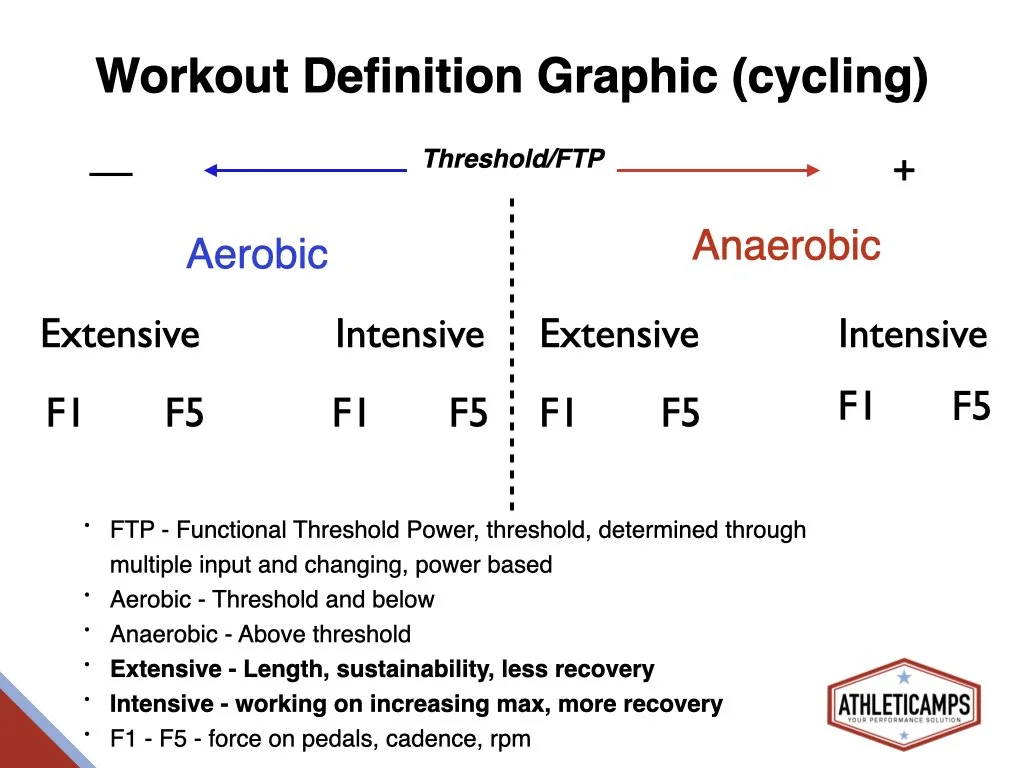Welcome to the "Keep it Simple Newsletter". With an unbelievable amount of information bombarding us from every direction these days, the goal of this weekly newsletter is to present a simple common sense tip that can be applied to your daily cycling.
Ride safe, strong and be healthy!
Training Basics
Training concepts have become pretty complicated lately. There is so much information out there on YouTube and other websites it's very easy to get confused. I think it's important that we keep things simple, and make sure we understand and apply the basics.
First and foremost, NOTHING is achieved without hard work and dedication. Period. Nothing substitutes for putting in time and effort. There are no shortcuts or quick fixes.
To be successful, you have to have a starting point, an end point, and way to get there. Think about when you get in your car to drive somewhere you have never been. Your starting point is your house, your destination is the goal and the way you get there is the map.
In endurance sports, that starting point is your fitness level determined by performance testing, the end point is the event and/or physiological goal and the map is the training program.
Improving your fitness is about adaptation to higher stress, which comes in a variety of forms. Everyone starts in a different place and everyone adapts at a different rate.
You can only control what you can do and not what others do. Appreciate the positives and continue to review what motivates you to continue the hard work. Having good morale is the glue that holds your program together.
Remember that improvement is like the stock market. You will have good days and bad, but in general, you want the trend to go upward.
Establishing accurate training zones is important, either power based or heart rate based. Training zones allow you to train at the correct intensity levels given the goal.
We separate training into two main physiological areas: Aerobic (in the presence of oxygen) and Anaerobic (no oxygen needed). This is defining the break down of fuels (fats and sugars) to create energy. Every cell in the human body needs oxygen.
Within each physiological area we break training into intensive and extensive elements (see picture below):
Intensive - Repetitions focus on improved max effort of the specific time or segment. Recovery time is greater to allow the body to recover and focus again on that max effort. For example, you work on 1' efforts at a higher watts, and recover 10+ minutes to assure you can do another max 1' effort.
Extensive- Repetitions focus is on sustaining multiple efforts at a specific range or efforts while at the same time working on limiting and improving recovery. For example, you work on 1' efforts with only 1' recovery and over time work on limiting recovery to 30" and increasing the number of 1' efforts.





